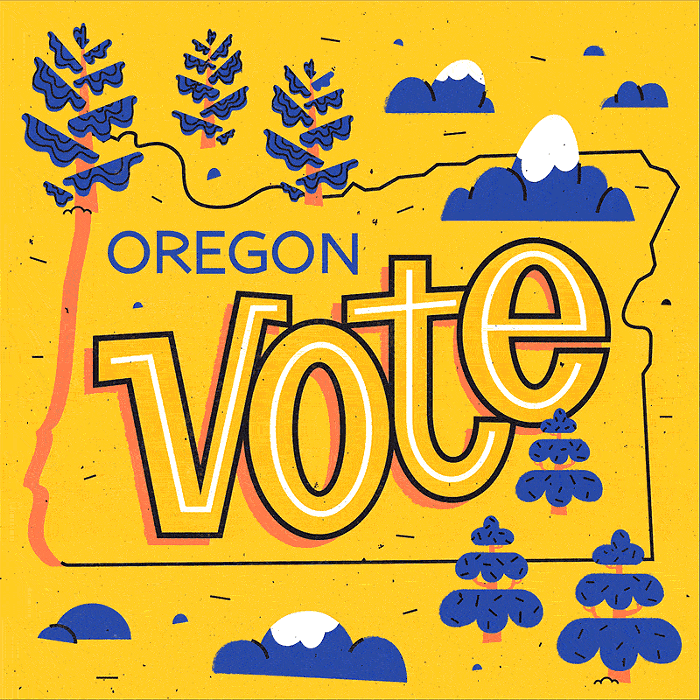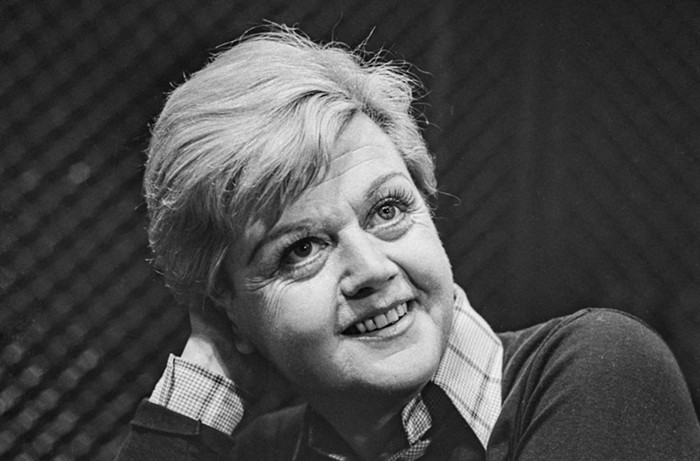After 14 months of meetings, proposals and more meetings, the City Council is set to rezone 2.5 miles of N Interstate to high density and commercial land. At a packed meeting last night, the Council applauded the work done on the project and unanimously approved a part of the plan, setting the stage for the final decision next Wednesday. This is big news for Interstate because it means the currently rough-and-tumble strip of motels and gas stations may soon be home to fancy condo towers and their accompanying storefronts.
The whole rezoning plan is built on the idea that since the MAX Yellow Line opened along Interstate in 2004, the area has huge potential as a new place where people can live, work and spend money while orienting their lives around public transit. A guiding idea behind the plan is to encourage non-car travel (a funny for a community built on a highway) and to improve bike-pedestrian-MAX links. The entire plan is 98 pages long, so here's a super fast bullet point list of what it does:
- Rezones large sections of N Interstate from single-family homes to high density housing (think: condos)
- Rezones other sections of N Interstate from a patchwork of uses into commercial and central employment
- Makes that section of Interstate into a historic "Neon Sign District" where new businesses are encouraged to put up neon signs like the ones on the 1950s and 60s era motels along the road.
- Allows buildings up to 100 feet tall to be built near the Prescott MAX station on Interstate, buildings up to 75-85 feet tall along the rest of Interstate and up to 65 feet tall in a "transitional buffer" zone between interstate and the swaths of single-family homes just east of Interstate.
- Builders in the 85-100 foot height limit areas can apply to build up to 125 feet
So taking this:

But mixing in a lot of this:

Those are photos of from the plan of condos in other places that the City sees as examples of The Future of Interstate. 6-10 story buildings that get lower toward the neighboring single-family homes.
There's a lot of questions to debate about the best way to build condos in North Portland, so there was enormous public process on this plan and, at the meeting, the 13 neighbors who signed up to talk to the Council were overwhelmingly positive. It seemed like everyone agreed that the City had done a lot of outreach, with flyering and community meetings -- some neighborhood associations in the area have discussed the rezoning at at every one of their meetings for the past two years.
So communication was great UNTIL the plan was drafted in June and suddenly the maximum height possible jumped from 85-100 feet to 125 feet. This change upset some neighbors because the most contentious part of the plan -- the parts analyzed, rehashed and torn apart for two years at endless meetings -- were the height limits. "Neighbors were shocked after a year and a half of discussion to see these 'height opportunity areas,'" testified Overlook Park Neighborhood Association member Eric Gale. "This seems like bad process," said another neighbor.
More on the plan - and the alarming absence of discussion over gentrification - below the cut.
It's not that neighbors think 100-125 feet is too high for the area, though, they just want more time to debate it. Even those who complained about the City's "last minute change" acknowledged the benefits of allowing six, seven and eight story buildings in the area. Tall buildings will create real density in an area which has been losing population for the last 20 years and also attracts developers who will be willing to spend lots of money to make a really quality building. So, tall buildings means big projects and a big boost to Interstate's economy.
Another concern about the rezoning is that North Portland will turn into a "mini-Pearl" with no unique neighborhood elements of its own. Planners are hoping to avoid that by establishing the whole strip as the Neon Sign District, turning the existing motel and bar signs into an intentional look for the whole area via pro-neon sign ordinances.
Missing from the discussion was any debate over development leading to gentrification of the area. When a few blocks of Killingsworth just east of Interstate were rezoned last week, the neighbors' concerns revolved around what kind of businesses would move in - they're very vocal about wanting locally owned, multi-ethnic stores. But at last night's Interstate meeting, neither the council nor neighbors raised any questions about what kind of stores will be encouraged to move into envisioned 2.5 miles of mixed-use condo towers. Issues about the new condos' impact on the affordability of the neighborhood were only briefly mentioned at the tail-end of the two hour meeting, when a council member asked about the development's effect on home prices in the area. Afterward, I asked Eric Gale why gentrification of the area wasn't a big issue during the rezone. Gale wasn't sure either, but said the discussions the neighborhood had for the last two years were so caught up on the contentious height issues that gentrification were never at the center of debate.












